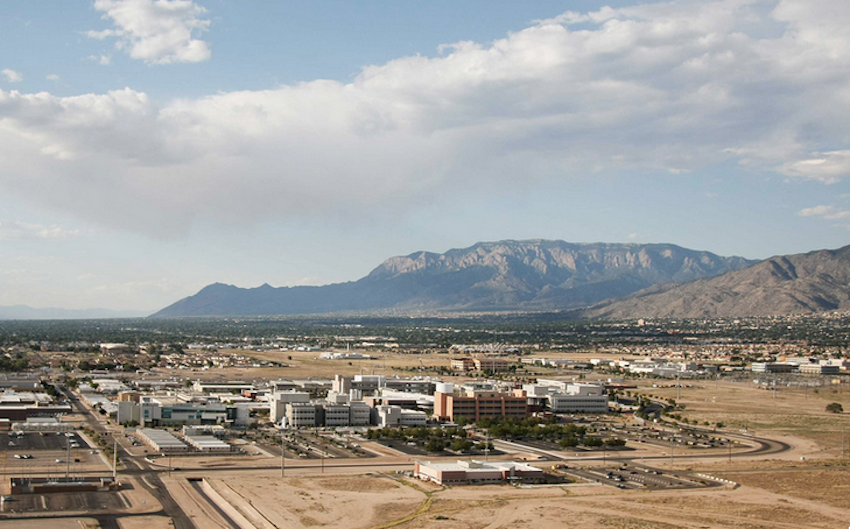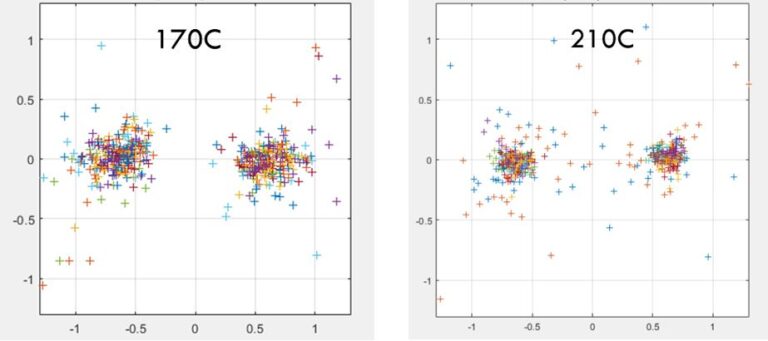
A research group from the Geothermal Research program of the Sandia National Laboratories has developed a transmitter that can take measurements in the high-temperature environment of geothermal wells, and transmit that data across 5000 feet of wireline.
Collecting data in-situ in geothermal wells is invaluable in quickly and accurately characterizing a resource. However, this is easier said than done. Sensors need to be specialized to function under the temperature and chemistry conditions of geothermal boreholes. The length of these boreholes can also be a challenge, since this means that data needs to be transmitted over a wireline measuring a few thousands of feet.
This study had been previously presented during the 2022 Geothermal Rising Conference.
Hardware selection and coding
The research team found that the sensors used for geothermal wells produce relatively weak signals that cannot be reliably transmitted over thousands of feet of wire. The solution they came up with was to use a microcontroller that can gather signals from multiple sensors and transmit digital data using long-cable communication techniques.
A 32-bit high-temperature microcontroller from the Texas Instruments C2000 family was chosen for the project. A custom printed circuit board (PCB) was also constructed based on this microcontroller.
Prior to this project, the Geothermal department had already developed a communications protocol in MATLAB to generate signals on long cables, with excellent results over 5000 feet of wireline. However, this had not yet been implemented on a high-temperature microcontroller. The transmitter code was then updated and refined by MathWorks to achieve maximum efficiency for the protocol and hardware to be used for the project.
Implementation and testing
Using the custom PCB, test runs were done inside an oven with the microcontroller transmitting signals across a 5000-foot wire. Initial tests were conducted at 170 °C and higher. The data was postprocessed and visualized as a constellation using MATLAB.

Constellation plot for the full data link and 1,524 m (5,000 ft) wireline operating at 170 degrees Celsius (left) and plot for the data link when bypassing the amplifier, line driver, and 1,524 m (5,000 ft) wireline operating at 210 degrees Celsius (right). (source: Wright et al, 2022)
The results indicate that the data link functioned successfully at a transfer rate of 30 kbps up to a temperature of 170 °C through 5000 feet of high-strength, high-temperature coaxial wireline. The amplifier degraded in importance at higher temperatures, resulting in a distorted signal.
Tests were also run with data bypassing the amplifier and wireline, showing that the microcontroller still reliably measured and transmitted data up to 210 °C.
Future work
The next phase of the research aims to update the design to handle higher temperatures with a new microcontroller rated at 300 °C, increase the constellation size to increase the data rates, reimplement QAM with dynamic constellation size modification, reimplement amplifier/line distortion correction, and implement error correction.